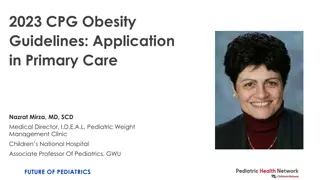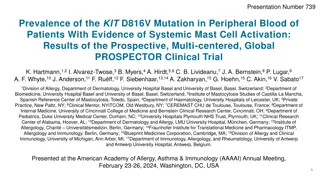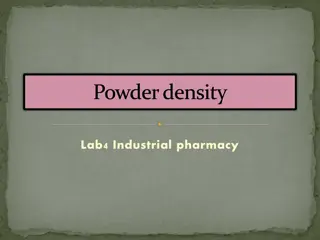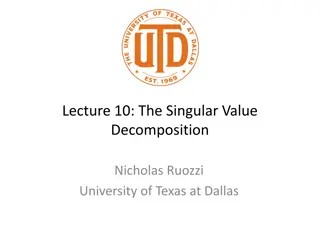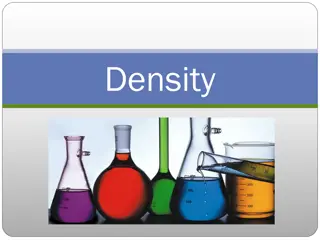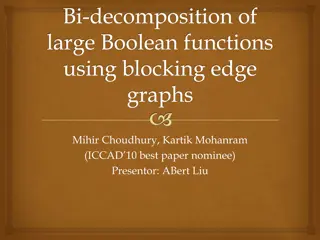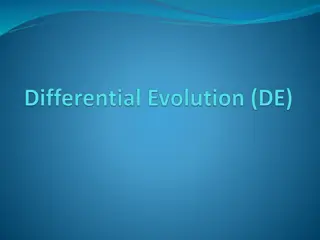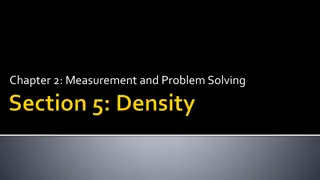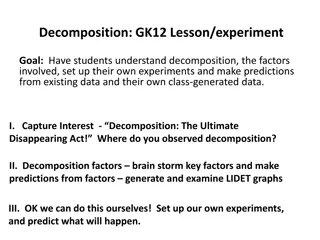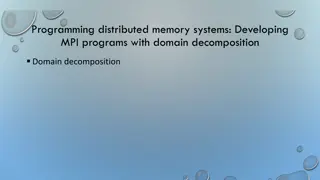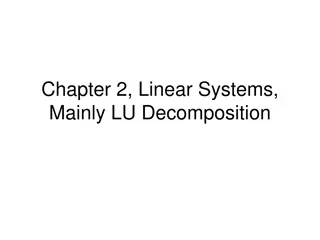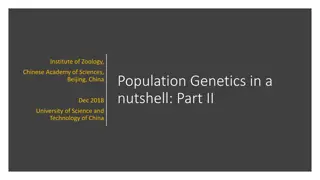Decomposition of C>T Density: Mutation Rate and CpG Counts Relationship
The relationship between mutation rate, CpG counts, and density of C>T mutations within CpG sites in the context of methylation observations. The content delves into the implications of methylation levels on mutational patterns and aims to understand the factors influencing C>T mutations.
Download Presentation

Please find below an Image/Link to download the presentation.
The content on the website is provided AS IS for your information and personal use only. It may not be sold, licensed, or shared on other websites without obtaining consent from the author.If you encounter any issues during the download, it is possible that the publisher has removed the file from their server.
You are allowed to download the files provided on this website for personal or commercial use, subject to the condition that they are used lawfully. All files are the property of their respective owners.
The content on the website is provided AS IS for your information and personal use only. It may not be sold, licensed, or shared on other websites without obtaining consent from the author.
E N D
Presentation Transcript
Bkpt April 16
Outlines Why we cannot tell anything about methylation so far Methylation observations: Hi ESC Dynamically methylated region Sperm
Observations Higher C>T around NAHR After removing all CpGs, C>T becomes a flat line And we know that . CpG is a major methylation site Methylated C has higher chance of changing to T
Decomposition of C>T Density (C>T) = Density (C>T | in CpG) + Density (C>T | out CpG) Density (C>T | in CpG) = Mutation Rate * CpG Counts Mutation Rate ~ Methylation Level Now obs: Density (C>T) Density (C>T | out CpG) Therefore we derive: Density (C>T | in CpG) Is this due to 1) more CpG or 2) higher methylation or both???
CpG counts Known for long that NAHR has high GC% Gene conversion (recombination by-product) Alexej found a tiny drop in C>T in CpG around NAHR Density (C>T | in CpG) = Mutation Rate * CpG Counts High mappable CpG (bisulfide Seq) around NAHR
Methylation (10kb) NH Methylation NAHR Methylation 0.795 Average Methylation 0.79 0.790 0.785 Average Methylation 0.78 All genome average 0 20 40 60 80 100 Bin(10kb) STEI Methylation 0.77 0.815 0.810 0.805 Average Methylation 0.76 0.800 All genome average 0.795 0 20 40 60 80 100 0.790 Bin(10kb) 0.785 All genome average 0.780 0 20 40 60 80 100 ChrM and ChrY not removed for genome average. Bin(10kb)
Flat Methylation Level in H1 NAHR Methylation 5kb 0.88 All genome average NAHR Methylation All genome average 0.86 0.84 0.82 Average Methylation ~ +/- 2.5 kb 0.84 Average Methylation 0.80 0.78 0.82 0.76 0.80 0 20 40 60 80 Bin(1kb) 0.78 0 20 40 60 80 100 Bin(50bp)
DMR/SpermHMR Overlapped deletions instead of finding bkpts Dynamical Methylated Region Sperm Hypomethylated Region NH 16.9% 4.4% / 4.5% NAHR 17.7% 8.8% / 9.5% STEI 27.0% 23.3% / 23.9% MTEI 10.8% 3.7% / 4.0% OVERALL 21.8% 4.7%
NAHR Very large scale, hypomethylated Open chromatin (1MB bin) FIG paper (5MB) SNP density (1MB) Local, small scale (2.5kb), hypermethylated Less seletion? How to explain the flat line of other types of SNPs in NAHR?



